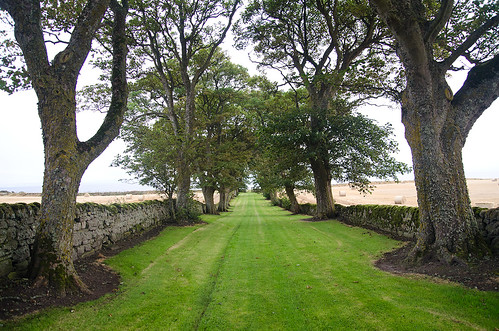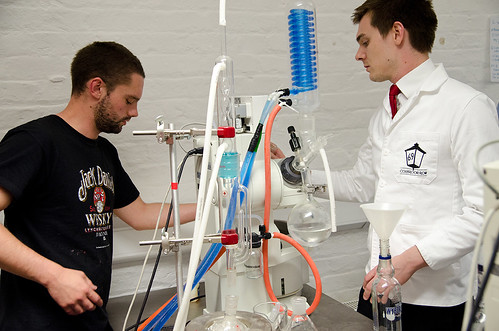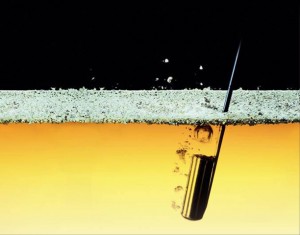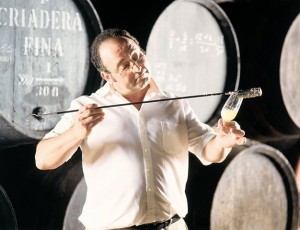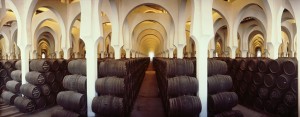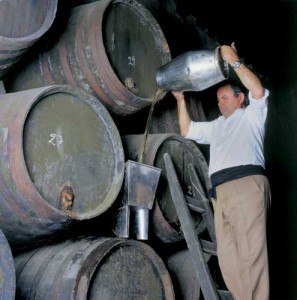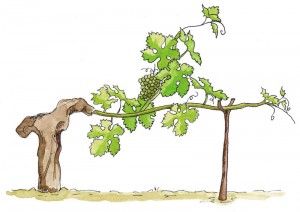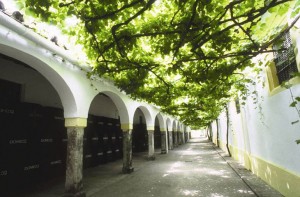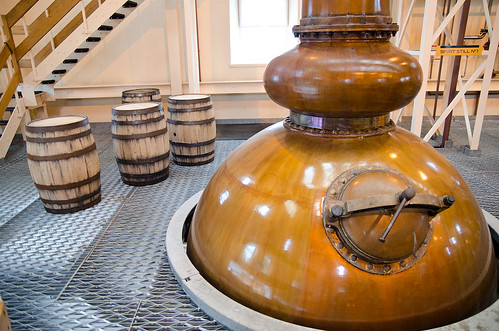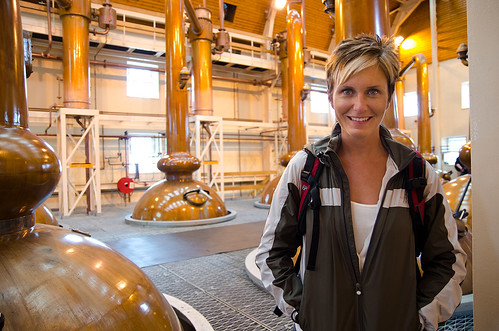The Tobin Ellis Class, Part II
10 Oct
Disclaimer: To provide clean prose, I will need to choose a specific term to refer to us barpeople. And, because the word “mixologist” irks me (no offense to those of you who enjoy it), I will be using the arbitrary term “cocktailian”. In your head, as you read along, you can insert whatever term you prefer whether it’s mixologist or bar magician or craft bartender or libation engineer or mixwizard or liquid MC or spirit whisperer, etc.
Okay, okay, let’s start by establishing two of Tobin’s central arguments.
1. The quality of the drink itself is not as important as we think.
2. The cocktailian primarily seeks to draw attention upon him or herself.
Now what I’ve spent the most time contemplating since class is the origin of the cocktail renaissance. Why within the past 10 or so years are we taking the time to figure out how to mix a proper Martinez or how to make a real grenadine? How did this all happen? How did we go from artificial sour mix to actual fresh-squeezed lemon juice and simple syrup? These are the types of questions that tugged and pulled at me.
Looking back to last Wednesday, Tobin hinted that the heart of this “mixology” movement (at least behind the bars at which we work) was born out of us, the people behind the bar. We, he later argued, caused the perfectionist approach, which in turn caused the long wait times, which in turn hurt the collective guests’ experience.
Is Tobin making a reasonable argument? It would appear so, my friends, it would appear so. But, if we delve deeper and apply some critical thinking (my brain hurts too, don’t worry), we can debunk it.
Who is more responsible for this movment: us or the guest?
The transition from bartender to cocktailian started with the guest. The public palate, not ourselves, is the true catalyst. Any one of you who reading this has doubt heard this from guests: “not too sweet.” Hmm, why is that? Because, too many bartenders have served them overly sweet drinks. So, if I may extrapolate a bit, it seems as though one of the most important things from the guest’s perspective is actually the quality of the drink itself.
Look, a complete jaghole who makes perfect drinks will not sustain a clientele. Conversely, one can have fans and make terrible drinks. We’ve all witnessed it and often the cause is unsavory. But, that’s neither here nor there. In order to have a solid following (and not be an outlier) in our current bar world, one needs to demonstrate a high skill level and excellent service. The two components are now absolutely requisite whereas they may not have been in the past.
Does the cocktailian crave attention?
The short answer: sometimes. And to me, that’s not a big deal as long as the desire to please the guest is significantly stronger. The whole “look at me, look what I can do, watch me painstakingly place one drop of bitters at a time into a mixing glass, check out my sweet vest, look at how much this barspoon cost” is a bunch of horseclit. As someone who works behind a bar and appreciates notice, I can tell you that pleasing the guest always comes first. If someone happens to pat my back along the way, great. If not, that’s okay too.
That whole “look at me” thing is way more the flair bartender’s speed. Right, Tobin?
Addendum. Yes, there are some cocktailians who get carried away. Yes, there are some cocktailians who neglect their guests. Yes, I have made these mistakes. Yes, I have relatively little experience compared with a lot of you. These are just my opinions.
And one last dig at Tobin because I know he’s a good sport: As much as you take issue with jigs (as Bridget calls them), 15-minute libations, and annoying barmen, I have as much of a problem with the irresponsible drinking habits that high-speed, flair bartending seems to promote. Think about this: are people more likely to over-imbibe at a place where a drink can be sipped and savored or at a place where countless people down shots and bombs and other drinks of that ilk?

